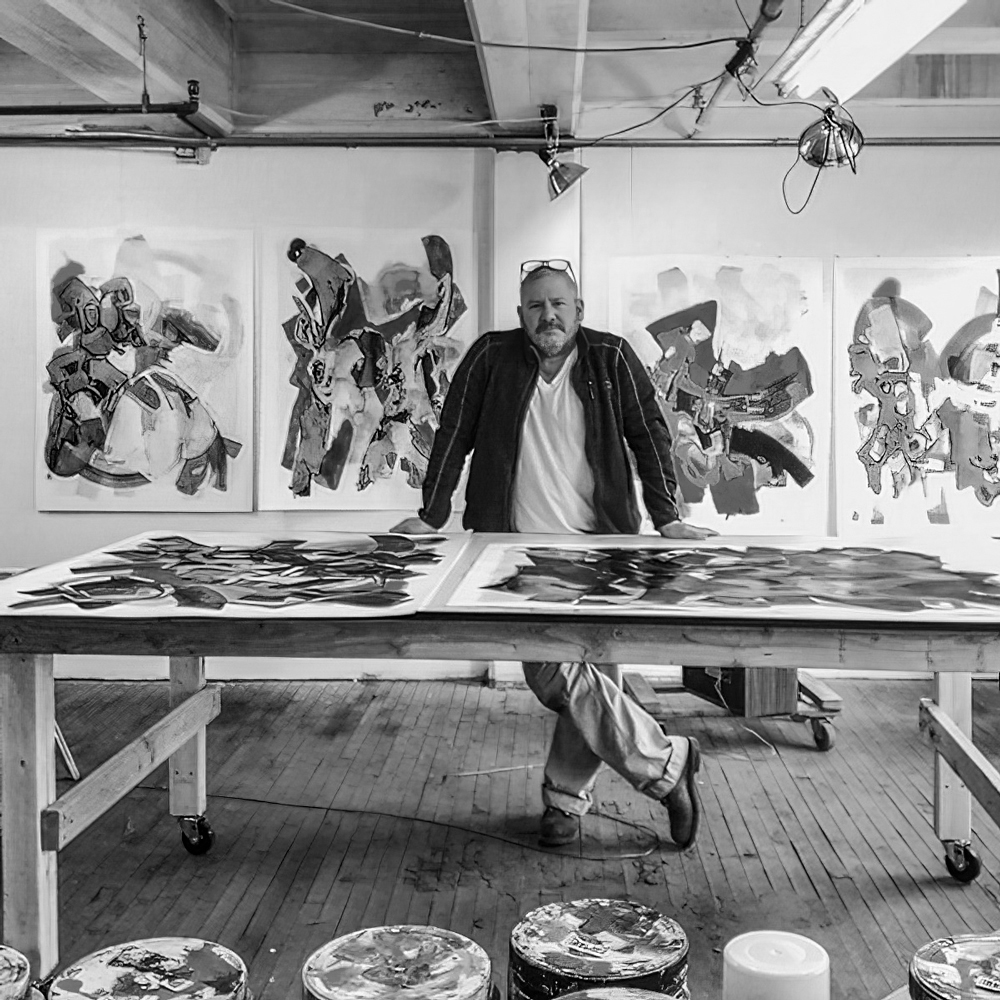We use cookies to help you navigate efficiently and perform certain functions. You will find detailed information about all cookies under each consent category below.
The cookies that are categorized as "Necessary" are stored on your browser as they are essential for enabling the basic functionalities of the site. ...
Necessary cookies are required to enable the basic features of this site, such as providing secure log-in or adjusting your consent preferences. These cookies do not store any personally identifiable data.
Functional cookies help perform certain functionalities like sharing the content of the website on social media platforms, collecting feedback, and other third-party features.
Analytical cookies are used to understand how visitors interact with the website. These cookies help provide information on metrics such as the number of visitors, bounce rate, traffic source, etc.
Performance cookies are used to understand and analyze the key performance indexes of the website which helps in delivering a better user experience for the visitors.
Advertisement cookies are used to provide visitors with customized advertisements based on the pages you visited previously and to analyze the effectiveness of the ad campaigns.

Three things motivate and shape my work: pure pleasure, challenge, and the attempt to engage in a visual and critical dialogue with other painters, past and present. The pure pleasure I derive from painting is just that: complete and utter expressive gratification, akin to faith in its steadfastness. The challenge comes in many forms, particularly in not knowing exactly where a work is going to go. My conceptual dialogue may best be understood in the context of a child who may be structured and guided by his parents when he is young, then follows his own path, independent of his parents but still shaped by them as he grows I was shaped and guided by those before me (Motherwell, Diebenkorn, and Pollock, among others), giving me a solid foundation—studying, copying, experimenting, then working more independently. As this relationship grows, it allows me to follow my own path, all the while enjoying their continuing influence through an evolving dialogue with them, as well as with my contemporaries working in the same bent. My work is an expression of this dialogue, a spontaneous intuitive reaction that is itself a sort of conversation with my medium. I agree with Jackson Pollock when he said, “I want to express my feelings rather than illustrate them.” My physical reaction comes from my intuition, both ordinary and esthetic. Clement Greenberg clarifies that distinction in his essay Intuition and The Esthetic Experience: “The intuition that gives you the color of the sky turns into an esthetic intuition when it stops telling you what the weather is like and becomes purely an experience of the color.” My work challenges viewers to use their own intuition to experience the essence of these essays of a silent medium.
